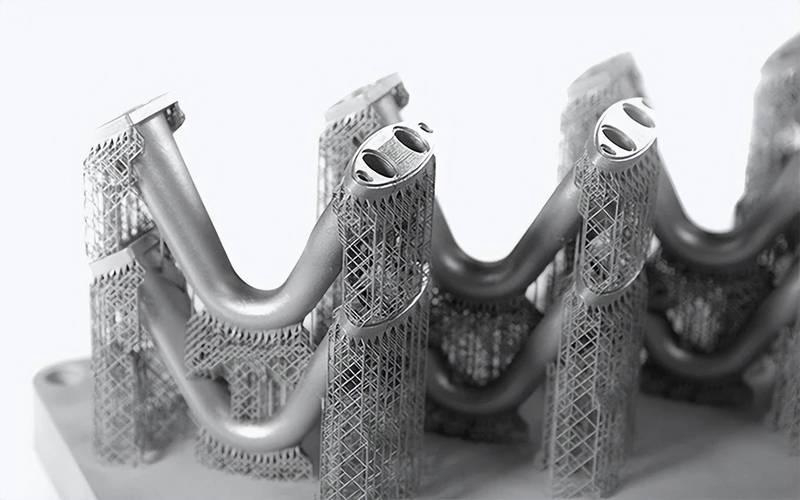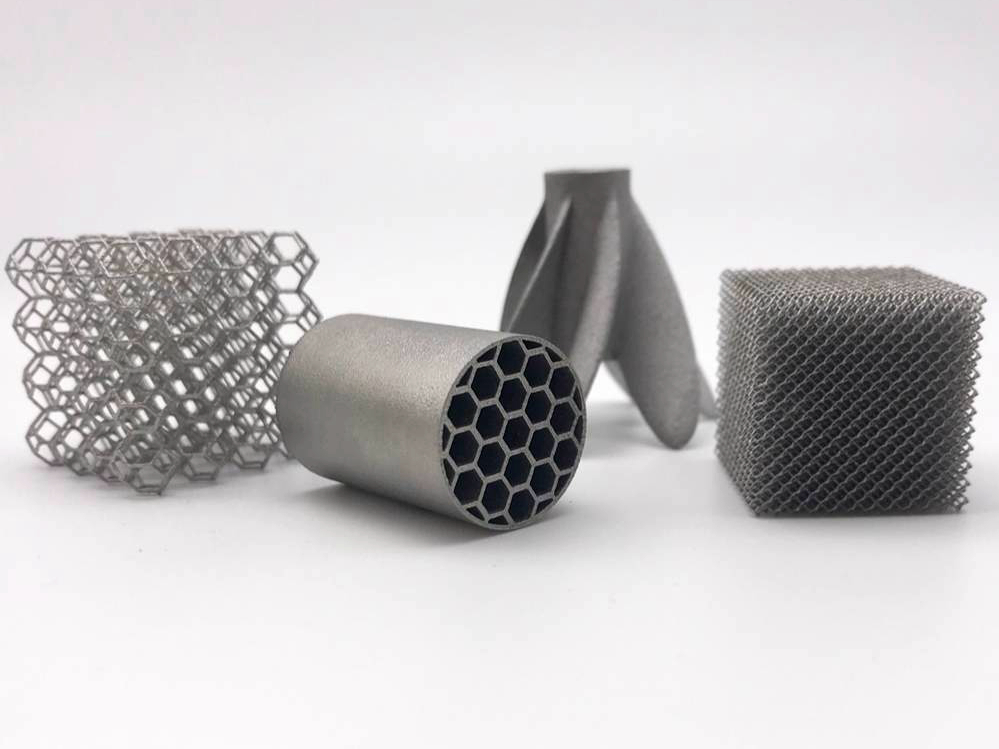What heat treatment processes are most effective for relieving stresses in 3D printed metals?
What Heat Treatment Processes Are Most Effective for Relieving Stresses in 3D Printed Metals?
Why Stress Relief Is Critical in Additive Manufacturing
3D printed metal parts produced via SLM, DMLS, or EBM experience rapid thermal cycling during the build process, generating high levels of residual stress. If left untreated, these stresses can cause part warping, cracking during post-processing, or premature failure in service. Heat treatment is the most reliable method to relieve these internal stresses and stabilize part geometry.
1. Stress Relief Annealing
Purpose: Reduces residual tensile stress without significantly altering the microstructure or mechanical properties. Temperature range: 450–900°C, depending on material
Duration: 1–4 hours under controlled ramp and hold cycles
Examples:
Ti-6Al-4V: 600–650°C for 2 hours in inert atmosphere
Inconel 718: 870°C for 1 hour
Tool Steel H13: 600°C for 2–3 hours
This is the most widely used process for stress relief in 3D printed metals.
2. Subcritical Annealing
Purpose: Targets localized stress while avoiding phase transformation.
Application: Thin-walled or complex geometries prone to distortion
Typical Parameters:
Temperatures just below critical transformation ranges
Extended soak times (3–6 hours) to ensure gradual energy release
Effective for: Tool Steel D2, SUS316L, and parts requiring further hardening
3. Full Annealing
Purpose: Completely resets the microstructure and eliminates both internal stress and anisotropic grain orientation. Temperature range: 800–1100°C Duration: 1–4 hours + controlled cooling
Used when maximum dimensional and microstructural stability is required, such as in:
SUS630/17-4 PH before aging
Ti-6Al-4V ELI for medical applications
Tool Steel 1.2709 before precipitation hardening
4. Hot Isostatic Pressing (HIP)
Purpose: Eliminates residual stress along with internal porosity, particularly in critical aerospace and medical applications. Conditions: 900–1250°C, 100–200 MPa, 2–4 hours
HIP improves isotropy and fatigue resistance while removing stress concentrations in:
Process Selection by Material
Material | Optimal Stress Relief Process |
|---|---|
Ti-6Al-4V / ELI | Annealing at 600–800°C, optional HIP |
Inconel 718 | Stress relief at 870°C, followed by aging |
Tool Steel H13 / D2 | Subcritical annealing or full annealing |
SUS316L / 17-4 PH | Full annealing or H900 aging post-anneal |
Recommended Services for Stress Management
Neway 3DP offers integrated stress-relief workflows, including:
Heat Treatment Precision-controlled thermal cycles to stabilize geometry and improve durability
Hot Isostatic Pressing For internal densification and high-reliability component applications
CNC Machining Post-treatment finishing for restored dimensional accuracy



